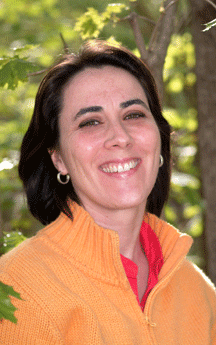Department of Biological Sciences, NUS
Qualifying Examination
Disease Ecology and Risk from Small Mammal-borne Pathogens in Singapore
Speaker: Neves, Erica Sena (Graduate Student, Dept. of Biological Sciences, NUS)
Date: 26 November 2014, Wednesday
Time: 10am
Venue: Conference Room-II (S1, Level 3, mezzanine)
Supervisor: Asst Prof Bickford, David P
Abstract: –
Emerging and re-emerging infectious diseases (EIDs) pose a significant public health challenge globally, with severe economic, social, and health consequences. The frequency of epidemics caused by newly emerging and re-emerging pathogens and the likelihood of rapid global spread have increased dramatically in recent decades, with Southeast Asia considered a hot spot for future emergence events. Small mammals play an important role in the maintenance and transmission of several pathogens, and they have been the source of pandemic outbreaks, causing periodic global and regional outbreaks of pathogens like hantaviruses and leptospirosis. Singapore is an ideal site to study the risk of EIDs exposure and infection from small mammals – it has lost nearly all of its original habitats and suffered a consequent loss of wildlife diversity, and this is worrying because biodiversity loss has been correlated with increased EIDs risk. In this study, I propose using a combination of field surveillance, ecological analysis, laboratory diagnostics, evolutionary genomics, bioinformatics, and predictive modeling and mapping to identify pathogens present in Singapore small mammals.
All are welcome




